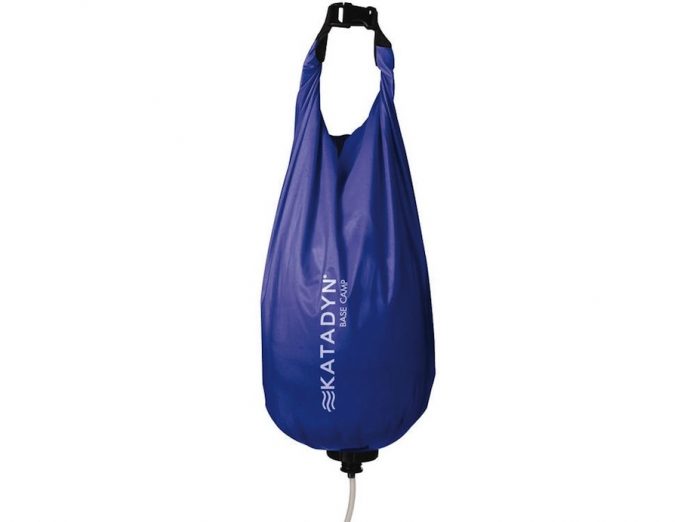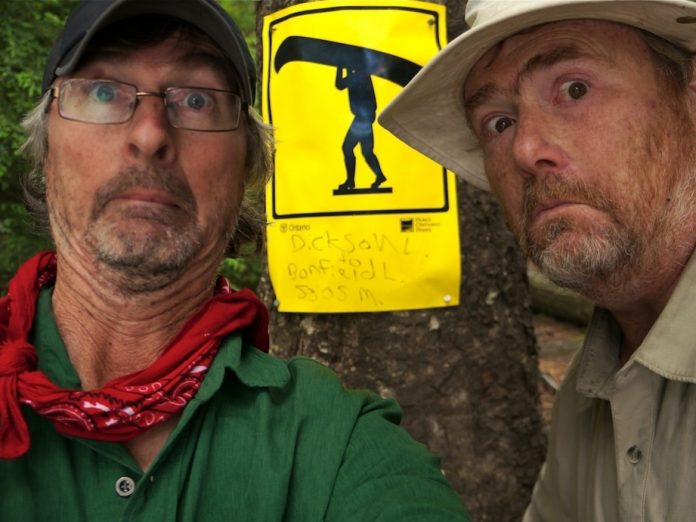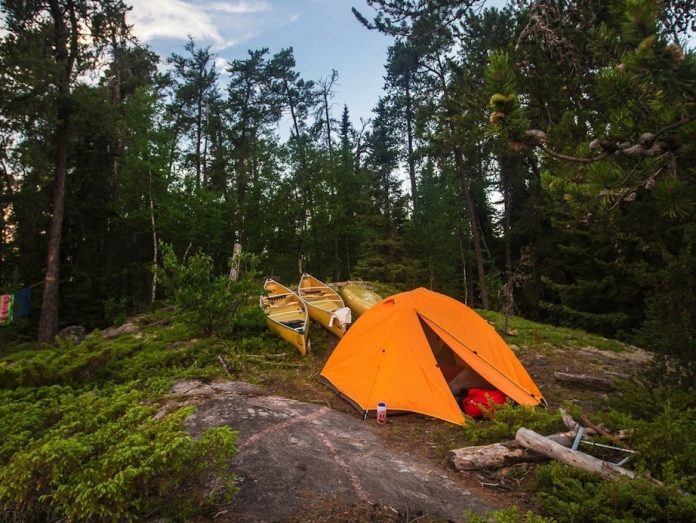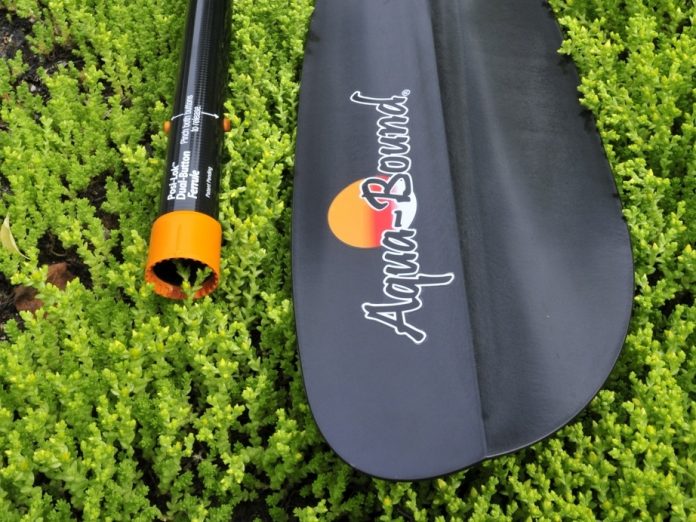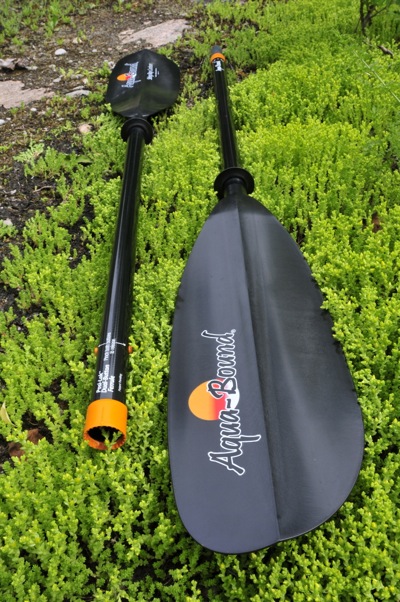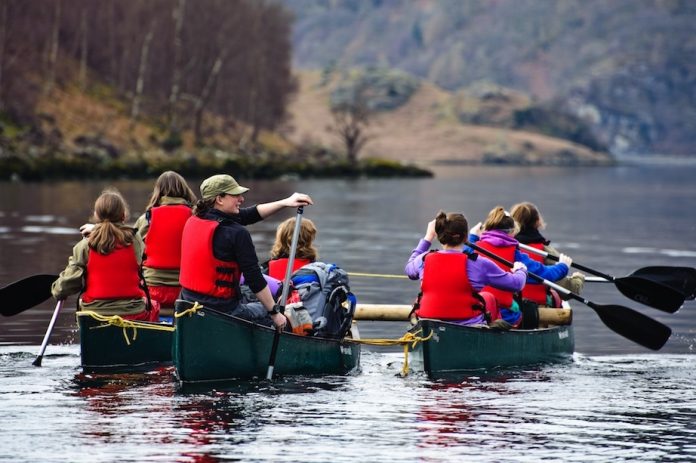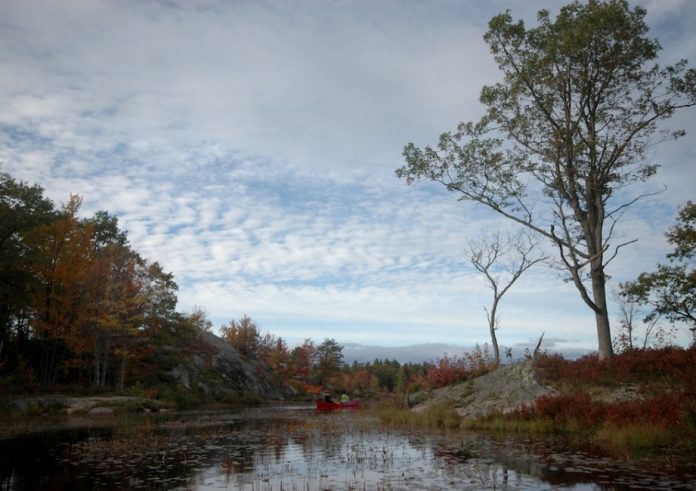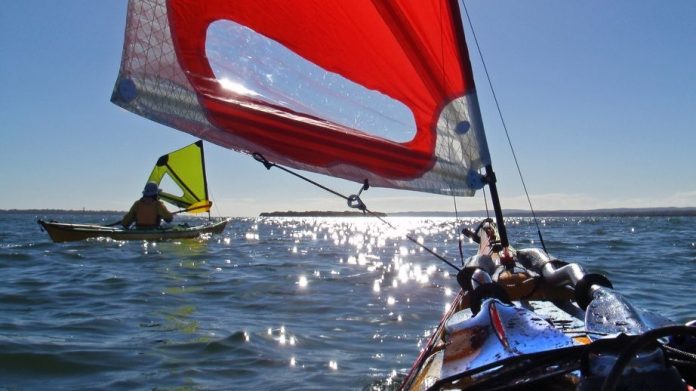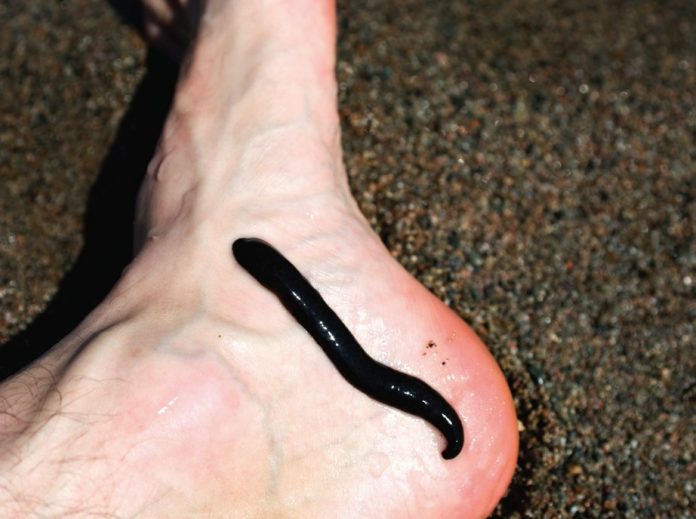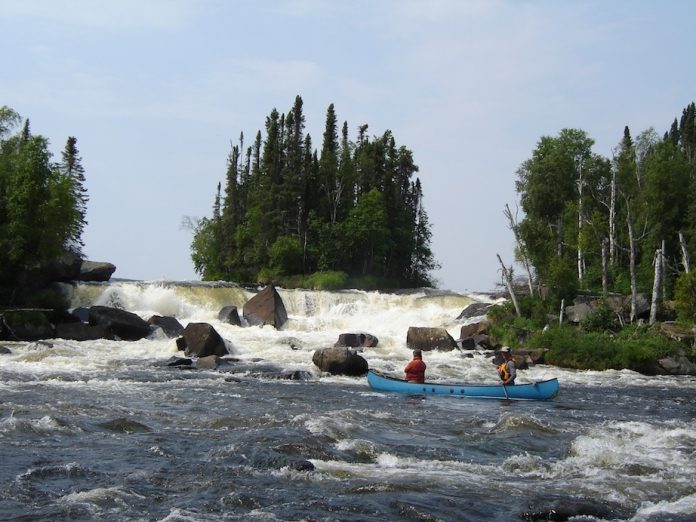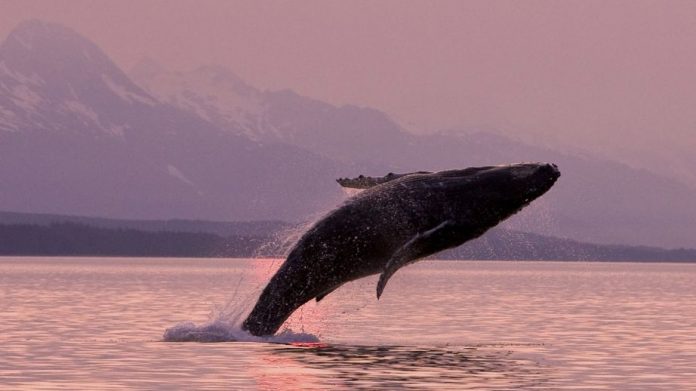Arnel had never seen the stars before. A 12-year-old from the inner city, his family hoped a 21-day canoe trip with Outward Bound’s Youth Challenge program would provide a touchstone for the rest of his life.
His presence in the bow of a canoe wasn’t an accident, but it did put him in increasingly rare company. For many families, the rising overhead of some paddling camps threatens to make what was once an affordable rite of passage, a milestone that caters only to the wealthy and a small handful of underprivileged kids who receive grants, leaving many high and dry.
According to Peg Smith, CEO of the American Camping Association (ACA) since 1998, rising transportation and food costs take the blame for higher tuition fees across North America. To mitigate the increases, the ACA provides $216 million each year in scholarships and “offers flexible sessions, discounts for early or multiple registrations, sliding fee scales, and payment plans” to assist parents with costs, says Smith. No one has been harder hit by rising costs than tripping camps.
Taylor Statten, director of the internationally renowned wilderness canoeing Taylor Statten Camps, agrees that prices have increased dramatically. “What used to be $5,000 for a 36-day canoe trip in the mid ‘90s, now costs almost $11,000,” he says.
While those numbers reflect the tuition for high-end camps, heightened parental, camper and industry expectations are significantdrivers of camp costs across the country. Even while some camps have resisted the widespread adoption of Kevlar boats and chosen to retain fleets of aluminum canoes, many have had to keep up with the times when it comes to technological advances. In the 1980s, canoe trip staff felt comfortable circling the locations of cached emergency radiophones on their maps and crossing their fingers, now many camps mandate that satellite phones be carried into the field. The technology is not cheap and there’s an expectation amongst parents that all trips will carry one.
Director of Temagami-based Camp Wanapitei, Eoin Wood says the heightened standards are not unreasonable. “Ten years ago we didn’t use satellite phones. Now every trip has one and a SPOT [satellite GPS messenger], too. Some parents think, ‘Oh, it’s summer camp, my kids just go and play—how expensive can that be?’The truth is,” says Wood, “most families, including my own, expect top-rate care and equipment for their child while at camp. It costs money to make that happen.”
That dollar value can include the increased price of counselor certifications, which cover the gamut from first aid to technical skills to leadership development, as well as liability insurance for business and staff and, for some camps, the cost of providing a once-in-a-lifetime trip.
In order for high-end camps to remain competitive, there’s pressure to increase the length of trips and offer them in ever-more remote locations, says Statten.
Twenty-five years ago, a weeklong canoe trip in Algonquin Park would have fulfilled many expectations for a wilderness experience. Today, trips are exponentially longer and increasingly remote. Just this past summer, Taylor Statten Camps sent out six 50-day canoe trips and Camp Wanapetei led three 53-day expeditions in Canada’s North.
While there’s no way to return to the days of dented Grummans for some, it’s not all bad. Certainly camp has never been more expensive, but it has also never been more professional. Backcountry trips are equipped with high-tech devices, paddling routes are the stuff of dream destinations and counselors are trained and seasoned specialists.
Camp is no longer just a rite of passage, some have evolved into an unparalleled leadership and learning opportunity.
This article first appeared in Rapid Media’s 2014 Paddling Buyer’s Guide. Download our free iPad/iPhone/iPod Touch App or Android App or read it on your desktop here.



